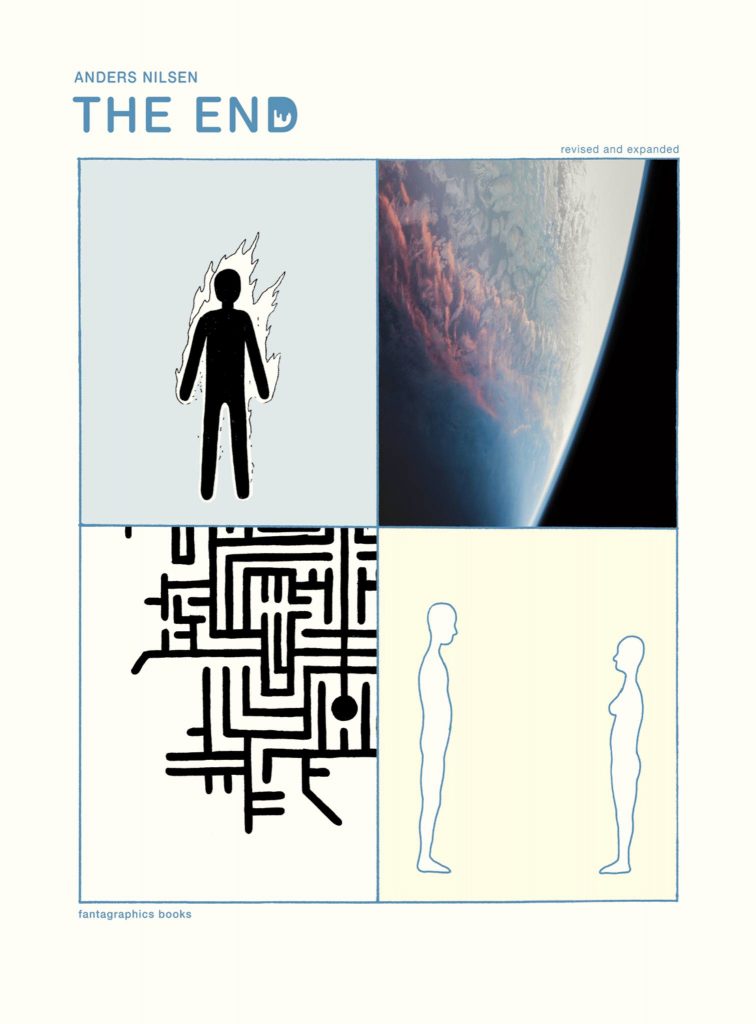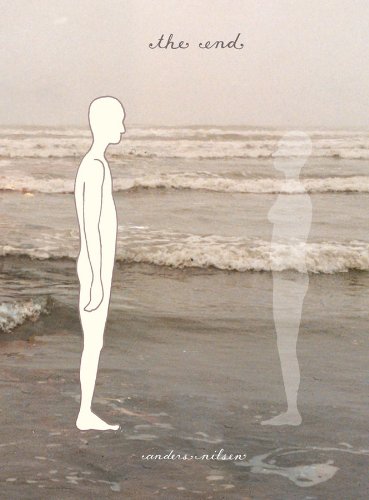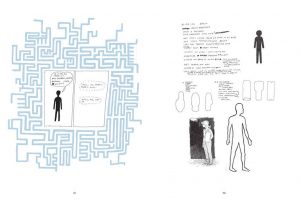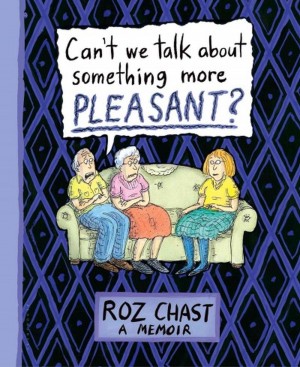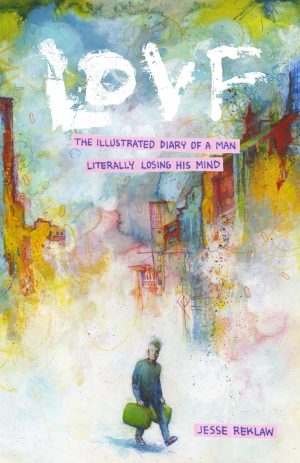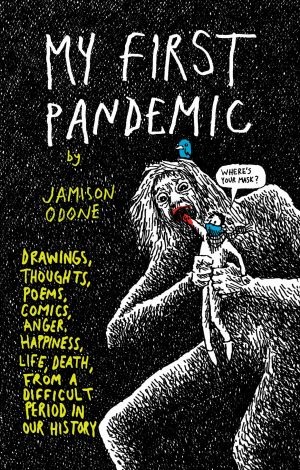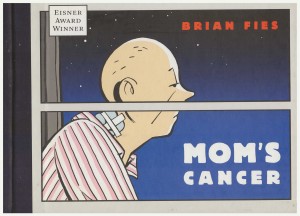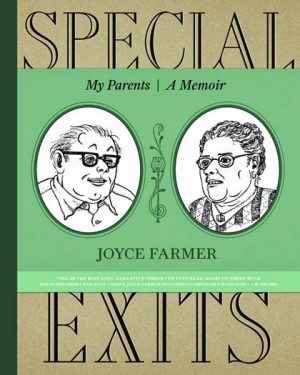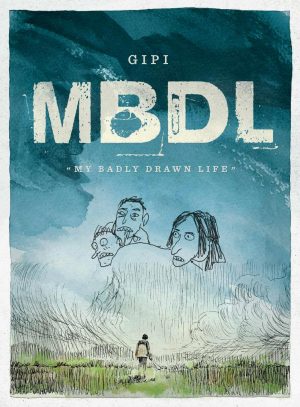Review by Win Wiacek
Cartoonist and educator Anders Nilsen graduated from the University of New Mexico with an arts degree in 1996. After quitting his Masters course in 1999, he began winning awards for his strips and graphic novels. There are a dozen or so superb graphic tomes out there you can delight in.
Cheryl Weaver and Anders Nilsen were a couple. They were engaged and together forever and then in 2005 she died.
Her passing wasn’t sudden or dramatic and he had time to say goodbye. He carried on doing so for the next year, while his sketchbooks filled with questions and notions and helpless, hapless, hurt responses as he adjusted to his new, so very much unwanted, normal; all expressed in the form of his other reason for living – sequential narrative art.
Much of that sketchbook material collected in this astoundingly frank and distressingly intimate hardcover and digital memoir – first appeared in the author’s therapeutic 2007 comic The End. Other portions of this much-expanded record originated in such disparate places as much-missed anthology Mome (Spring 2007), and even from screen-prints created in the months and years encompassing Nilsen’s slow voyage to acceptance.
The uncomfortably earnest eulogy begins with a poetic ‘Prologue’, before ‘Is That All There Is?’ wordlessly depicts an all-engulfing sense of loss and isolation, interrupted only by the text soliloquy ‘Love Story’.
The heart-rending catalogue of painful solitary moments ‘Since You’ve Been Gone I Can Do Whatever I Want To Do All the Time’ leads into inspirational prose observation with ‘I Have Two Lives’ after which the artist coolly examines the simple equation of loss and emotional paralysis with ‘Solve for X’. Poem ‘In the Future’ and cartoon pantomime ‘Pulling a Giant Block’ precede harsh but ultimately uplifting debate in ‘25 Dollars’ (originally seen in Mome as ‘It’s OK, You Have Everything You Need’), after which diagrammatic epigram ‘Eternity Analogy’ offers welcome hope and advice to fellow sufferers.
Primitivist drawing and photographic collage colourfully and philosophically combine in ‘You Were Born and So You’re Free’ before stark, simple lines return to illustrate an extensive imaginary conversation with the memory of love in ‘Talking to the Dead’ whilst print photomontages resume for the wistfully querulous ‘How Can I Prepare You for What’s To Follow?’ – created to welcome a newborn into the world.
The painful truism “life goes on” is reinterpreted in one final chat with the inevitable truth to close this memento mori in quiet contemplation with ‘Only Sometimes’.
To say this is a deeply moving book is grotesquely trite and staggeringly obtuse, but it’s also true. Every loss is always completely unique and utterly, selfishly personal, but most of us also have some capacity to empathise, share and see our own situation in the emotional disclosures of others. That’s never been more true than in these past months and the unknowable times to come.
When such commemorations are undertaken as honestly, effectively and evocatively as here, the result is simply, devastatingly, unforgettably magical. The revised and expanded 2022 edition almost doubles the page count and adds some of Weaver’s work.
